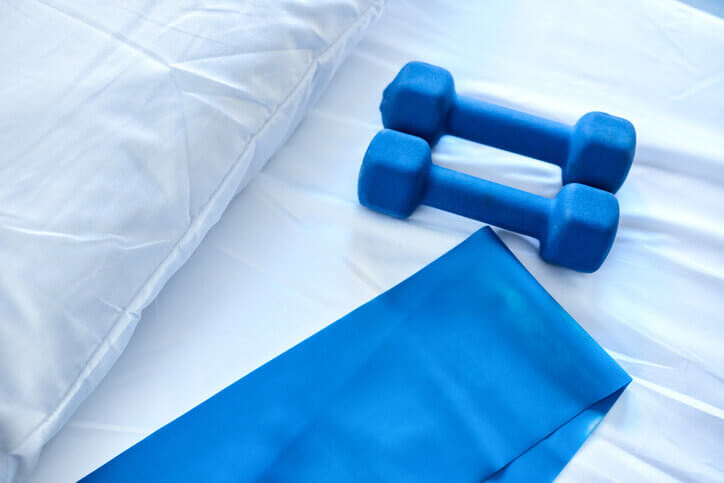Plantar Fasciitis
Introduction
Anatomy
Causes
Symptoms
Diagnosis
Surgery
Treatment
You may be referred to a physical therapist to learn exercises to stretch and help relax the tissues in the heel. Your doctor may recommend custom orthotics, shoe inserts, or a removable walking cast to help position your foot and cushion your heel. Night splints can help while you sleep.
Recovery
Prevention
Customized orthotics and insoles can help relieve foot pressure. It is important to perform your physical therapy exercises to help keep your foot stretched and relaxed. Losing weight and maintaining a healthy weight can help as well.

Copyright © - iHealthSpot Interactive - www.iHealthSpot.com
This information is intended for educational and informational purposes only. It should not be used in place of an individual consultation or examination or replace the advice of your health care professional and should not be relied upon to determine diagnosis or course of treatment.
The iHealthSpot patient education library was written collaboratively by the iHealthSpot editorial team which includes Senior Medical Authors Dr. Mary Car-Blanchard, OTD/OTR/L and Valerie K. Clark, and the following editorial advisors: Steve Meadows, MD, Ernie F. Soto, DDS, Ronald J. Glatzer, MD, Jonathan Rosenberg, MD, Christopher M. Nolte, MD, David Applebaum, MD, Jonathan M. Tarrash, MD, and Paula Soto, RN/BSN. This content complies with the HONcode standard for trustworthy health information. The library commenced development on September 1, 2005 with the latest update/addition on February 16, 2022. For information on iHealthSpot’s other services including medical website design, visit www.iHealthSpot.com.


